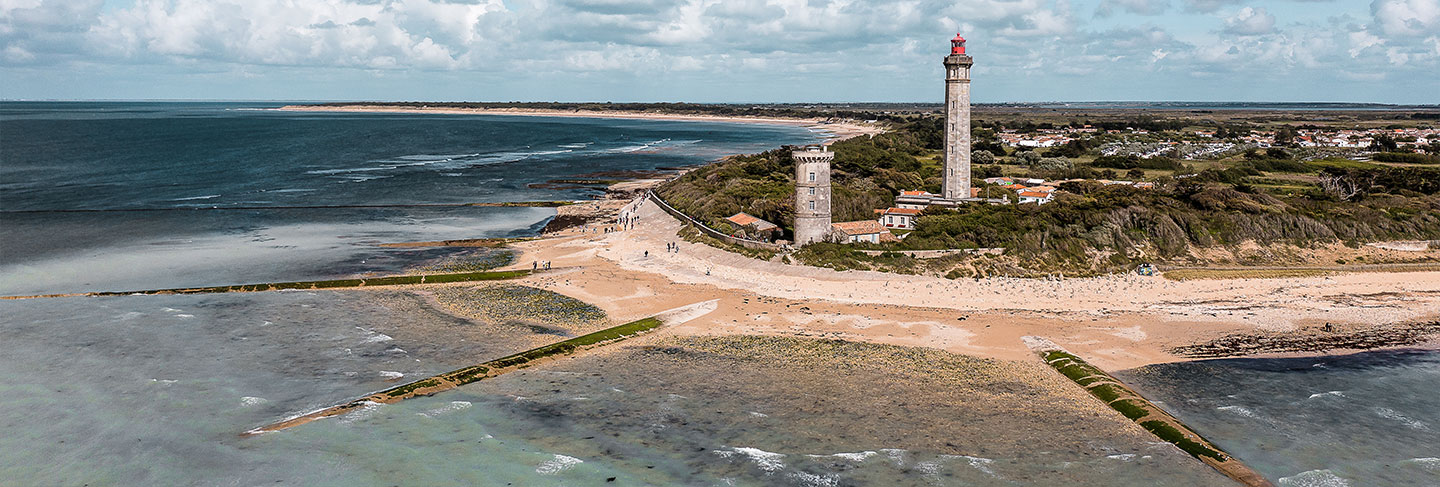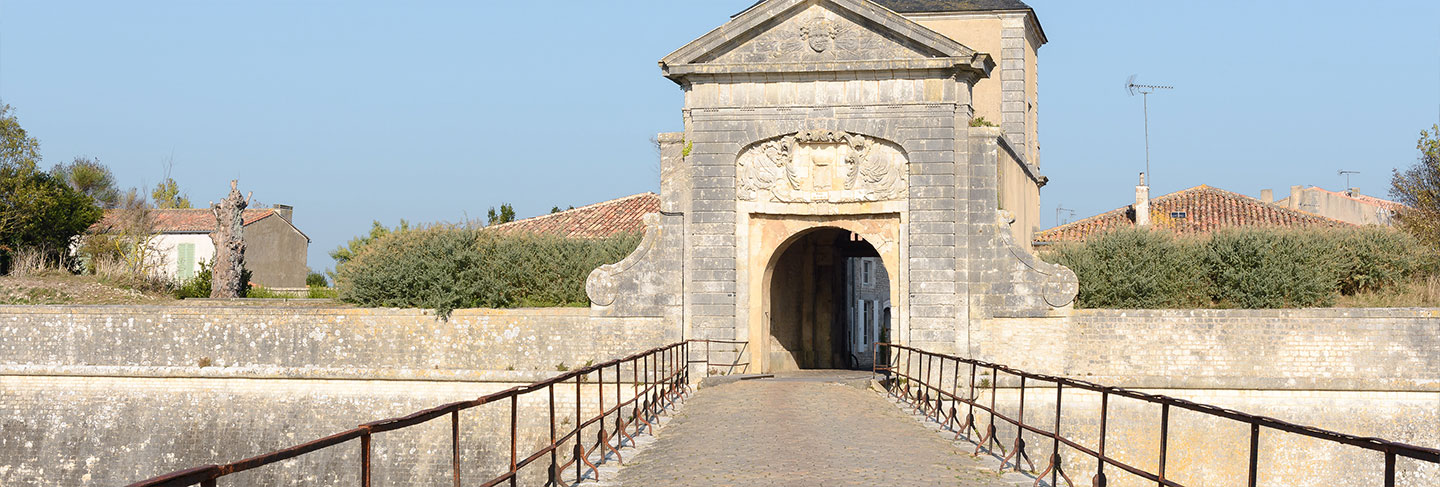France's island jewel on the coast of the Atlantic is rich in history and culture: Villanovo takes a closer look at its storied past...
Originally, it was an archipelago composed of 4 islets: Saint Martin, Ars, Les Portes and Loix. The islets were naturally linked together by silt deposits, with human activity contributing to the creation of marshes.
There are many myths about the birth of the island. One of them tells that it appeared after devastating earthquakes had destroyed the Roman city of Antioch. Hence the legend that "when Antioch reappears, the island of Ré will disappear". Others, however, refer to the ferns (ratis in Latin) that covered the land, a name that evolved into Ré.
It was not until the 12th century that the population began to grow on the island of Ré, partly thanks to the construction of the Abbey of Châteliers, to reach figures similar to those of today. But several factors would lead to a gradual decline in the number of people inhabiting the island.
The Hundred Years' War between England and France, from 1337 to 1453, affected Ré, as well as the other islands of the Pertuis Breton. At that time, the island was under constant threat.
The isle of Ré found itself at the centre of conflicts between the French and the British due to religious issues between Catholics and Protestants.
In 1625, Benjamin de Rohan, Duke of Soubise and a Protestant, ordered the famous siege of Saint-Martin-de-Ré, the aim of which was to seize the island with the help of the Dutch and English navy. The Catholics reacted immediately, supported by the troops of Louis XII.
In the same year, the Fort de La Prée is built at La Flotte, a fortress used years later by German forces as a bunker.
1627: another attack by English troops led by George Villiers, I Duke of Buckingham, as a first step before continuing their journey to La Rochelle. The commander of the Ile de Ré, Marshal Toiras, withstood the attack with the help of Louis XIII, who sent armed forces to liberate the island.
A year later, the Duke of Buckingham returned to Sainte-Martin-de-Ré in a desperate attempt to win the battle... but the fortress was insurmountable. He decided to move his troops to the northern part of the island before succumbing to another defeat.
After these continuous attacks, it was decided to build a defensive complex on the island to provide a military safeguard and full protection for the population. Under the command of Louis XIV, Vauban, one of the best military engineers of the time, was commissioned to carry out this project, which was to be concentrated on Saint-Martin-de-Ré. It took only four years to extend the walls by 6 kilometres.
In 1681, the fortification of the port of Saint-Martin-de-Ré, which was later used as a prison, was completed.
The early 19th century saw harsh living conditions, which led to large waves of emigration. In 1853, the 57-metre-high Whale Lighthouse was built in Saint-Clément-des-Baleines, today one of the most important monuments on the island. For years, the island was only connected to the mainland by ferry, before a 3km bridge was built in 1988.
After the outbreak of the Second World War in 1940, the German authorities discovered the strategic location of the island of Ré which sought to protect itself... However, the first German soldiers began to arrive, managing to make Saint-Martin-de-Ré their centre of operations. The Todt organisation built bunkers which can still be seen today. By 1942, the island had been officially occupied by the German Navy, which set up its headquarters in La Couarde.
In 1945, after a fierce battle, only a few areas of German resistance remained. After several disputes, Admiral Schirlitz and Commander Meyer signed the surrender protocol on 9 May, thus liberating the island of Ré and La Rochelle.
The economy peaked in the mid-19th century and then declined. Malaria led to a high mortality rate and a marked stagnation in trade. The local wine industry's reputation declined, and the marshes were neglected.
However, the tourism sector developed from 1960 onwards to become a renowned destination.
The island of Ré has retained many monuments that are testimony to its rich history, which you can visit during your stay, such as the Vauban fortifications, the Phare des Baleines or the Fort de La Prée.


